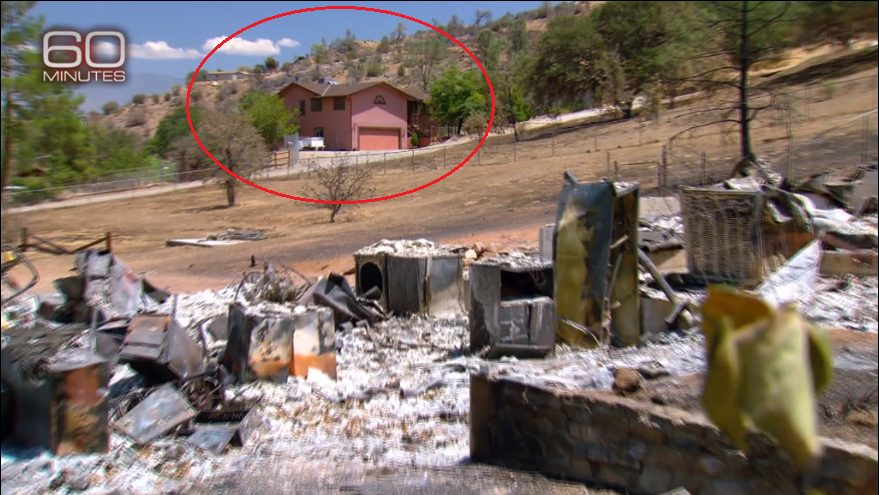Treatment Development Timeline, COVID-19
The first treatment of COVID-19 patients was intubating patients so they could rely on a ventilator, news reports show. The first innovation off that mainline treatment, aside from plasma infusions, was experimental delaying of intubation/ventilation. This medical site article urging intubation/ventilation delay consideration was pointed to from a mainstream news outlet, TalkingPointsMemo.com, on April 7th.
Reader should note these treatments are available to post-symptomatic people. News reports hint of a smattering of asymptomatic people, including healthy people in their 50's, dying at home and posthumously testing positive for COVID-19. (Test and trace could save these lives.)
----
Timeline of treatment development, most procedural, some pharmaceutical:
April 6, 2020: Procedural - intravenous treatment via "convalescent blood plasma" blood plasma donated from recovered COVID-19 patients who now have antibodies. NBCNews reports people who recovered from COVID-19 were tested for a minimal level of antibodies. The report said 20 critical patients received infusions of "convalescent plasma" but it did not say how those patients fared.
April 7, 2020: Procedural - hesitate before intubate/ventilating patients.TPM reports of a post to medscape by one Dr. Kyle Sydell, saying ventilators should be used differently. The video of the doctor says traditionally, when a patient's oxygen levels drop to a low enough threshold that they need intubation/ventilation, they're physically incapacitated. But with COVID-19, he observed patients talking to loved ones on their cell phones, conscious, alert at the time their oxygen dropped to the intubation/ventilation threshold.
April 14, 2020: Procedural - prone patients before intubation/ventilation. The New York Times publishes an OpEd titled "What Doctors on the Front Lines Wish They'd Known a Month Ago" and says instead of "quickly sedating people" to intubate/ventilate, they're now simply turning over patients on bellies to give lungs, which lay along the back of a torso, less pressure and more room to expand. This is called "proning". The anecdotes are very convincing.
April 30 2020: Pharmaceutical - a mildly effective drug called remdesivir emerges and is quickly granted FDA approval. It's unclear what all the excitement is about, given this write up in the Salt Lake Tribune:

This work by AJ Fish is licensed under a Creative Commons Attribution-NonCommercial 4.0 International License.
Reader should note these treatments are available to post-symptomatic people. News reports hint of a smattering of asymptomatic people, including healthy people in their 50's, dying at home and posthumously testing positive for COVID-19. (Test and trace could save these lives.)
----
Timeline of treatment development, most procedural, some pharmaceutical:
April 6, 2020: Procedural - intravenous treatment via "convalescent blood plasma" blood plasma donated from recovered COVID-19 patients who now have antibodies. NBCNews reports people who recovered from COVID-19 were tested for a minimal level of antibodies. The report said 20 critical patients received infusions of "convalescent plasma" but it did not say how those patients fared.
April 7, 2020: Procedural - hesitate before intubate/ventilating patients.TPM reports of a post to medscape by one Dr. Kyle Sydell, saying ventilators should be used differently. The video of the doctor says traditionally, when a patient's oxygen levels drop to a low enough threshold that they need intubation/ventilation, they're physically incapacitated. But with COVID-19, he observed patients talking to loved ones on their cell phones, conscious, alert at the time their oxygen dropped to the intubation/ventilation threshold.
April 14, 2020: Procedural - prone patients before intubation/ventilation. The New York Times publishes an OpEd titled "What Doctors on the Front Lines Wish They'd Known a Month Ago" and says instead of "quickly sedating people" to intubate/ventilate, they're now simply turning over patients on bellies to give lungs, which lay along the back of a torso, less pressure and more room to expand. This is called "proning". The anecdotes are very convincing.
At Lincoln Hospital in the Bronx, Dr. Nicholas Caputo followed 50 patients who arrived with low oxygen levels between 69 and 85 percent (95 is normal). After five minutes of proning, they had improved to a mean of 94 percent. Over the next 24 hours, nearly three-quarters were able to avoid intubation; 13 needed ventilators. Proning does not seem to work as well in older patients, a number of doctors said.April 28, 2020: Procedural - treat early symptomatic patients instead of late ones; send early symptomatics home with finger pulse oxymeters. Dr. Levitan, a lung spcialist in the northeast who volunteered in New York and co-authored an academic paper based on his observations, strongly urged medical authorities to move up the recommended time window at which symptomatic people should show up to E.R.s. "Our public health message has been don't show up to the hospital until you're short of breath". They're showing up with advanced disease which is harder to treat than early disease. Dr. Levitan says in Italy, now doctors greet early symptomatic people and send them home with portable, finger pulse oxymeters. Of 250 symptomatic people who tested COVID-19 and were sent home, only five returned when the oxymeter showed an oxygen level low enough to move to more severe treatment. None of the 250 have died.
April 30 2020: Pharmaceutical - a mildly effective drug called remdesivir emerges and is quickly granted FDA approval. It's unclear what all the excitement is about, given this write up in the Salt Lake Tribune:
"While that study did find the patients recovered slightly faster on average (21 days vs. 23 days for these participants), it wasn’t enough to be statistically significant. And the death rates stayed nearly identical: 14% of people on remdesivir died, compared to 13% on placebo."

This work by AJ Fish is licensed under a Creative Commons Attribution-NonCommercial 4.0 International License.




